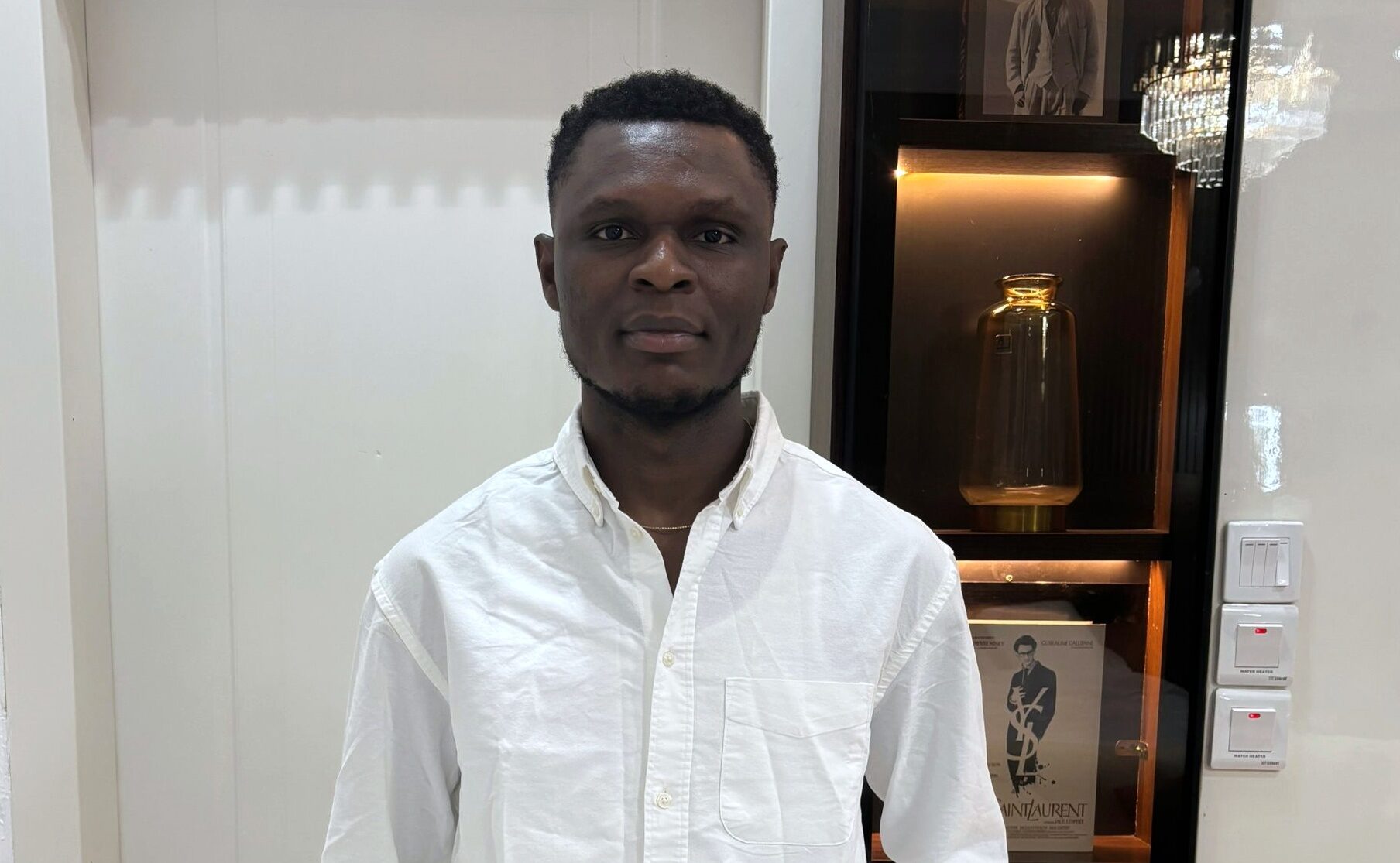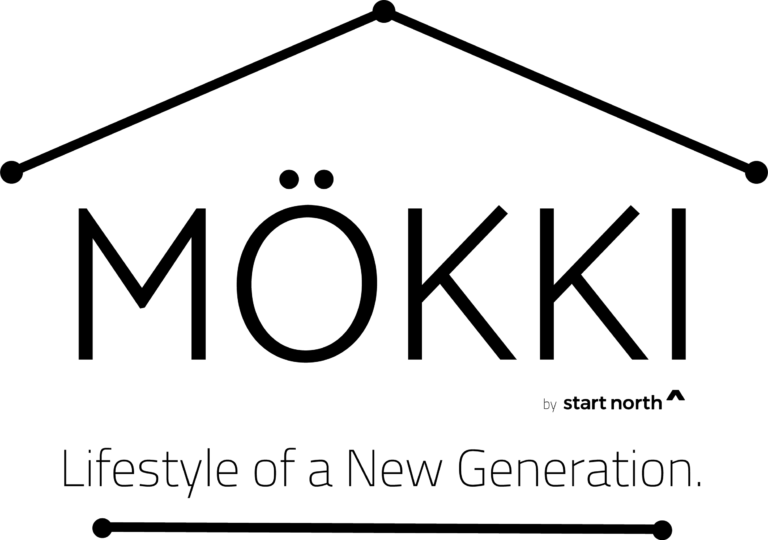How Agile Project Management and the Scrum Framework Are Powering the Next Generation of Software in Africa

In the race to build software products that matter, African tech teams are increasingly embracing agile methodologies. Not just because they’re fashionable, but because they work. At the core of this movement is Scrum—a powerful, lightweight framework enabling high-performing teams to deliver value faster, adapt quickly, and build with greater focus.
As startups across the continent aim to innovate with limited resources in fast-evolving markets, Scrum offers a proven system for managing complexity, shortening feedback loops, and ensuring product-market fit.
Rethinking the Way We Build Software
For years, the dominant approach to software development was linear and rigid. Requirements were gathered, a plan was written, code was developed, and—months later—the final product was launched. But for teams building products in unpredictable environments, this model is deeply flawed.
It limits flexibility, slows time to market, and increases the risk of building the wrong thing. In contrast, agile methodologies like Scrum embrace uncertainty, emphasizing continuous delivery, collaboration, and user feedback. That’s exactly the environment African founders are operating in.
Why Scrum Works
Scrum enables teams to work in short, focused cycles known as Sprints, typically lasting two to four weeks. Each Sprint delivers a usable increment of the product—something tangible and testable. The goal is not to build everything at once, but to deliver continuously, learn quickly, and evolve the product based on real-world feedback.
This approach brings several advantages, particularly in resource-constrained, high-growth contexts:
- Speed to market: Launch sooner and iterate based on what users want—not assumptions.
- Increased visibility: Stakeholders remain engaged through regular reviews and feedback loops.
- Team accountability: Clear roles, daily check-ins, and retrospectives ensure alignment.
- Rapid learning: Features are validated early, and poor decisions can be corrected quickly.
The Scrum Framework in Action
Scrum is structured around three core roles:
- Product Owner: Responsible for defining the vision, prioritizing work, and maintaining the Product Backlog.
- Scrum Master: A servant-leader who supports the team, removes roadblocks, and ensures adherence to Scrum principles.
- Development Team: A cross-functional group of designers, engineers, and testers who actually build the product.
Supporting this team are key Scrum events:
- Sprint Planning: Where the team commits to a defined set of tasks to complete during the Sprint.
- Daily Scrum: A brief check-in meeting to align on progress and identify any blockers.
- Sprint Review: A live demonstration of the completed work to stakeholders for feedback.
- Sprint Retrospective: A look back to identify what worked, what didn’t, and how the team can improve.
Case Study: Launching a SaaS Platform with Scrum
Consider a startup building a SaaS platform for HR automation in African SMEs. Instead of spending six months coding a full suite of features, the team uses Scrum to deliver working software in biweekly Sprints.
- In the first Sprint, they launch a basic user registration system and dashboard.
- The second Sprint adds core functions like timesheet logging and team management.
- Each Sprint ends with real user testing, and feedback directly shapes the backlog for the next cycle.
- Within three months, the product is being used by early adopters, while the roadmap remains agile and responsive to actual demand.
This way, the team reduces wasted effort, accelerates learning, and builds stronger alignment between vision and execution.
Why Agile is Critical to Africa’s Digital Growth
The African tech ecosystem is still young, dynamic, and largely self-taught. Startups face tight budgets, limited technical talent, and constantly shifting market conditions. Scrum provides a system that helps teams stay lean, deliver consistently, and pivot without losing momentum.
Whether you’re building an edtech solution in Kigali, a payments API in Lagos, or a logistics platform in Nairobi, the principles are the same: get to value fast, stay close to your users, and keep improving.
Conclusion
Agile is not just a methodology—it’s a mindset shift. Scrum provides the structure and discipline needed to apply that mindset in real-world teams, building products that actually solve problems. It creates room for innovation without chaos, and for planning without paralysis.
For African software teams seeking relevance, resilience, and results, Scrum is not just useful—it’s essential.
Written by Stanley Osuozah, PSM.







